Games reserves and national parks in Nigeria are protected areas of vegetation and landmass for wildlife, flora, fauna. Other features being considered are the geographical, cultural or historical contribution to their particular location or the world as a whole. They are majorly designated by the government (in rare cases, private landowners) for the conservation of nature. On special occasions charities, research institutions or the community pick up the responsibility of preservation. They are sometimes referred to as Games preservation, conservation or reservation.
There are some wonderful games reserves and national parks to explore singularly or in groups, presently in Nigeria. From state to state, they vary in importance and accessibility.
Yankari games reserve
Yankari game reserve is situated in the North-eastern part of Nigeria, Bauchi state. Bauchi state is on the Northern part of the Jos plateau on an elevation of 616 metres. Yankari game reserve was established as a natures reserve in 1956 and has since been through to its purpose. Yankari is a reserve of a large collection of animals and plants in their natural habitat. It is also one of the most popular games reserves in Nigeria with big wildlife like hippopotamus, crocodiles, elephants, baboons, bushbucks, monkeys, antelopes and other animals including the occasional lion.
RELATED: 48 Hours in Abuja
Within the reserve are situated over 59 caves, a system of 130 wells with interconnecting shafts used by slaves during the Trans-Atlantic slave trade era, warm spring with sparkling clear water at 31 degrees celsius available for swimming and iron smelting works with the furnace which are centuries old.
When visiting Yankari games reserve ensure you go with warm clothes like a cotton long shirt, long trousers, sunglasses and a hat. These precautions are necessary to reduce the chances of being bitten by mosquitoes and sun-stroke. A truck with a guide leaves the premises every day to go round the reserve for game sightings and general history of the reserve. The animals are allowed to roam about the reserve and live the same way they would in the wild. After a long day of going around the reserve, exploring the breathtaking natural features including a secluded cave, warm springs, and acres of parkland. The Wikki Warm Spring is a welcome sight to relax in. The spring is six feet deep and mostly warm during the day and cold at night.
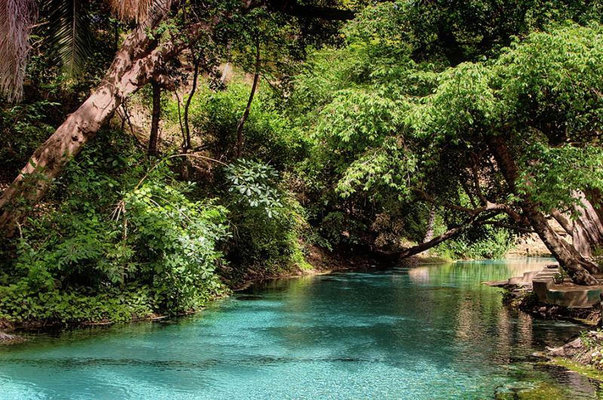
Kamuku National Park
Kamuku national park is situated in the western part of Kaduna state. It was established as a state’s game reserve in 1936 under the Native Authority Forest Reserve of Birnin-Gwari under the then Northern Nigeria Government. The federal government upgrades it into a national games reserve in 1999 due to the efforts of its locals and an International NGO. The project worked on then for this success was a community-based project promoting the sustainability of natural resources in their environment.
The land area of Kamuku national park is 1,120 square kilometres of savannah woodland vegetation. The major focus of the park is the faunas and flowers that are beautifully diverse. The dominant species include daniellia, raphia, isoberlina and a few lilies. The diversity we mentioned earlier is evident in the 18 species of mammals present including elephants, warthogs, monkeys, antelopes, and baboons. If you are a young botanist, this should be your first choice location to study flowers and fauna in their natural state.

Okomu National Park
Okomu national park is situated at Ovia South Local Government Area of Edo state. It is over 50km from Benin City. The park is part of the 1,082 kilometre square of the Okomu Forest Reserve. It consists of lowland forests from the Niger River west to the Dahomey Gap in Benin. To the southeast of the forest are mangrove and swamp forests, while to the north it merged into the Guinean Forest-Savanna Mosaic.
It is a 200 km² wildlife sanctuary, a rainforest ecosystem that is the habitat for many endangered species of flora and fauna. Okomu National Park was first featured on the Gazette 1935 with its various species of fauna and flora. A survey of southwestern forests in Nigeria around 1982 led to a recommendation for a determined effort to conserve the sanctuary. The state government of Edo formally defined the sanctuary in 1986, with an area of just 66 km2. The Nigerian Conservation Foundation (NCF) took over management of the sanctuary in 1987 and extended it to the 114-kilometre square by adding a 1.6-kilometre-wide (1 mile) buffer zone. The sanctuary was later taken over by the National Parks Service in 1999 till date.
RELATED: New Nigeria Visa Policy (NVP) – Driving Investment Opportunities in Nigeria
Okomu is home to the African chimpanzees, leopards, forest elephants, buffaloes, red river hogs, bush baby, putty nosed guenon, porcupine, pangolins, duikers, antelopes and the almost extinct white-throated monkeys. It is also home to over 700 different butterfly species and 200 birds which makes it one of the best locations for bird watching in Nigeria.
There are the typical African villages made of thatched roofs and mud. Here tourists can learn the various ways of life of a typical villager, learn the area’s history from the village’s historian, see them make various pottery and weavings. If you are lucky you can catch them during the celebration of a major festival to have a truly blended experience.
The park is well known for its various trees like antiaris Africana, alstoniacongoenis, ariplochitonScleroxylon, pycnanthus angloensis, celtiszenkeri, kapok and many more. Other attractions in the park include:
A 140 feet high cotton treehouse for looking over the park
A nature trail is a well-worn path for tourist who prefers to explore the park independently.
The Okomu River which flows across the length of the park, as well as the Arakhuan stream, provide visitors opportunity to engage in water sports such as fishing, boating or canoeing, and other water-related activities.
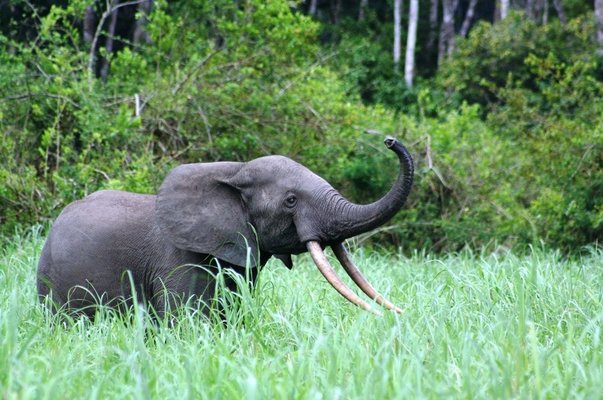

Lekki Conservation Centre
This is 78 hectares of wetlands and mangrove forest in the Southern part of Nigeria. It is situated at the Lekki peninsula near the Lagos lagoon. Lekki conservation centre was established by the Nigerian Conservation Foundation (NCF) in 1990. The conservation centre was established with the sole purpose of protecting wildlife and the mangrove forest. It was noticed that the South-Western habitats – Swamp and Savannah were being lost to urbanisation.
RELATED: Twelve Interesting Things to do in Benin
Arriving at the reserve, you are welcomed by a boulevard of coconut which lines the parking area of the reserve. Just by the main building is a nature trail 1.8 km long constructed in 1992 to allow tourists’ explore the vast resources of the nature reserve which goes through a mangrove terrain. Things to see along the trail include swamp outlook, bird hide, rest stops and the treehouse.
The treehouse is 21 meters high from which a panoramic view of the picnic area, reserve, visitor’s centre and children’s playground can be seen. The bird hide overlooks a swamp which is home to crocodiles and monitor lizards. The endangered species of animals include bushbucks, crocodiles, mona monkeys, squirrels, snakes, crocodiles, monitor lizards, duikers, giant rats, and hogs. Amongst the trees is where the mona monkeys and other species of monkeys live. While the open grassland is home to bushbucks, maxwell’s duikers, giant rats, hogs, mongooses, chameleons, squirrels etc.
OLD OYO NATIONAL PARK
Old Oyo national park came from two native administrative forest reserves, Upper Ogun established in 1936 and Oyo-lle established in 1941. These were converted to game reserves in 1952, then combined and upgraded to the present status of a national park. It was set up to be a sanctuary for the almost extinct family of African Wild Dogs.
The park got its name from Oyo-lle (Old Oyo), the ancient political capital of Oyo Empire of the Yoruba people, and contains the ruins of this city. Oyo Ile was destroyed in the late 18th century by Ilorin and Hausa/Fulani warriors at the rebellion of Afonja. Afonja was the commander of Oyo Empire’s provincial army who betrayed his king with Hausa/Fulani Muslim jihadists.
RELATED: 10 Of The Richest Nigerian Cities You’ll Love To Live In
The park has a land area of 2,512 kilometre square of mostly lowland plains at a height of 330 metres and 508 metres above sea level. The southern part has River Owu, Owe and Ogun passing through while the northern part of the park is drained by the Tessi River. Outcrops of granite are typical of the northeastern zone of the park with caves and rock shelters in the extreme north. The park has an abundance of wildlife, water recreational activities, facilities for bird watchers and a deep cultural heritage which attracts many visitors. The central part of the park has scattered hills, ridges and rock outcrops that are suitable for mountaineering.
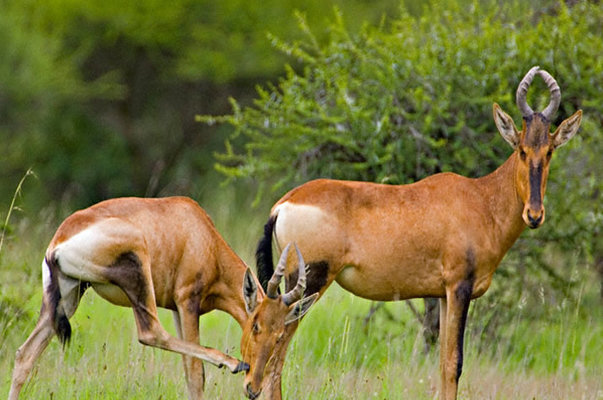
Agodi Gardens
Agodi Gardens is 150 acres of lush land situated on parliament road Ibadan. The garden is a 10-minute drive from University College Hospital (UCH). Agodi gardens sit pretty at the foot of old Mokola hill distinctive from the brown roofs surrounding it. Agodi Gardens was originally created in 1967 and managed by the Western region. It was called Agodi Zoological and Botanical Gardens and was a favourite recreational centre for most. However, the Ogunpa flood in Ibadan which happened in 1980 destroyed the garden; the flood swept away most of the animals and left the place in a deplorable state. Forward to 2012, the government renovate it and in 2014 opened Agodi Gardens to the public.
There is a lake passing through the garden which is used for boat riding and a relaxation spot. Also present is a water park consisting of two slides and three pools for both adult and children. There is a play area for kids including trampolines, swings, bouncing castles etc. Along the park are designated areas for picnics, a mini zoo with a lion, crocodile, a few monkeys, and ducks in residence.

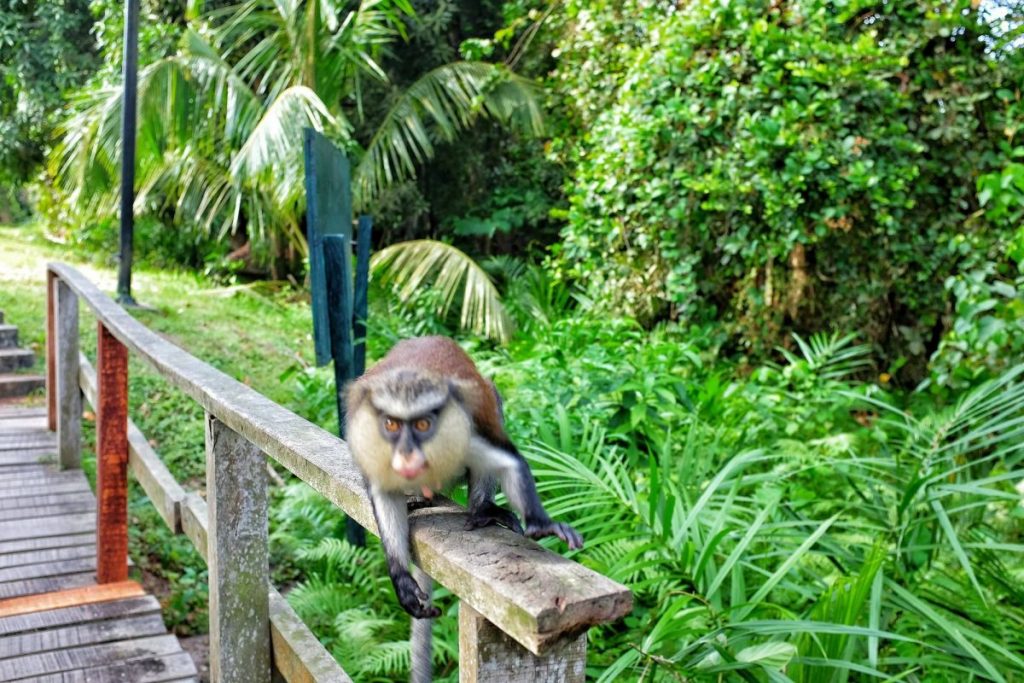
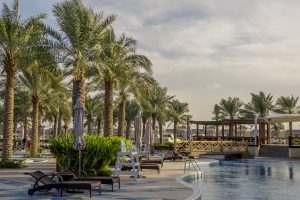

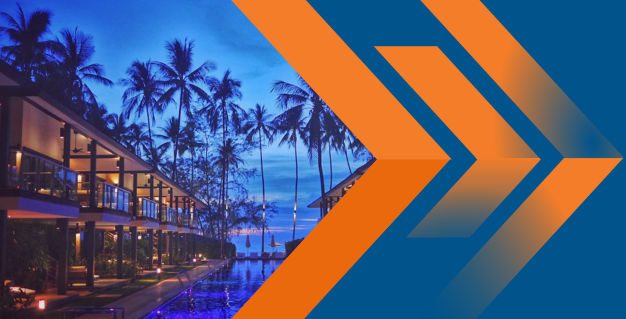
Deprecated: File Theme without comments.php is deprecated since version 3.0.0 with no alternative available. Please include a comments.php template in your theme. in /home/vectatravels/blog.vectatravels.com/wp-includes/functions.php on line 6121